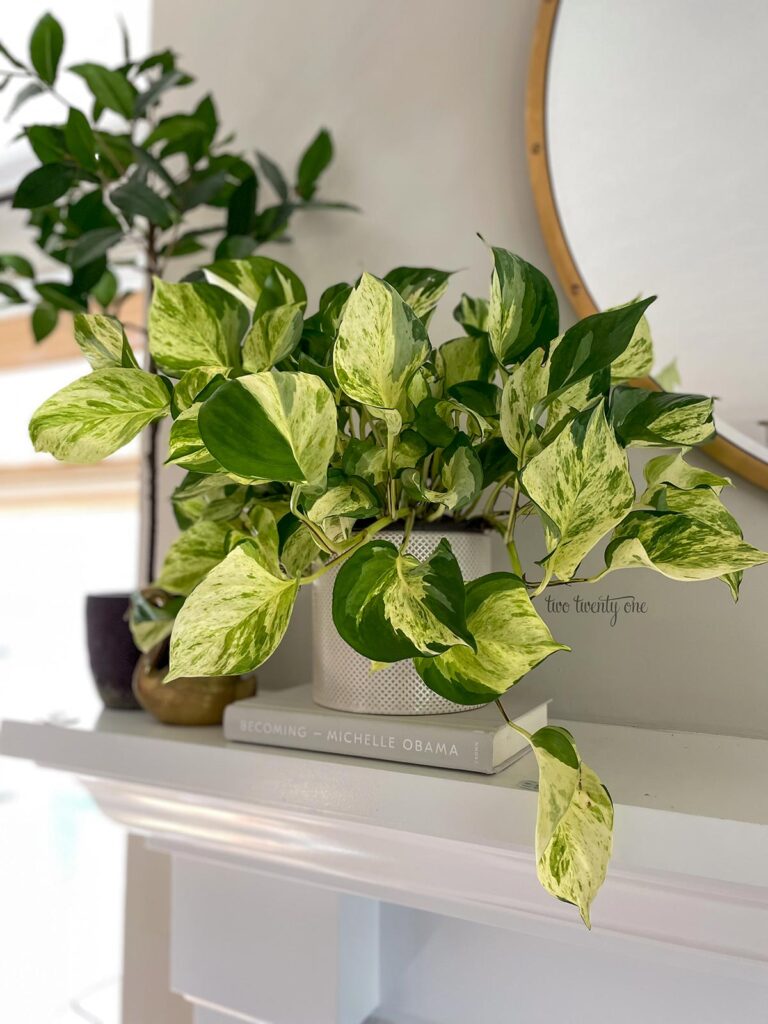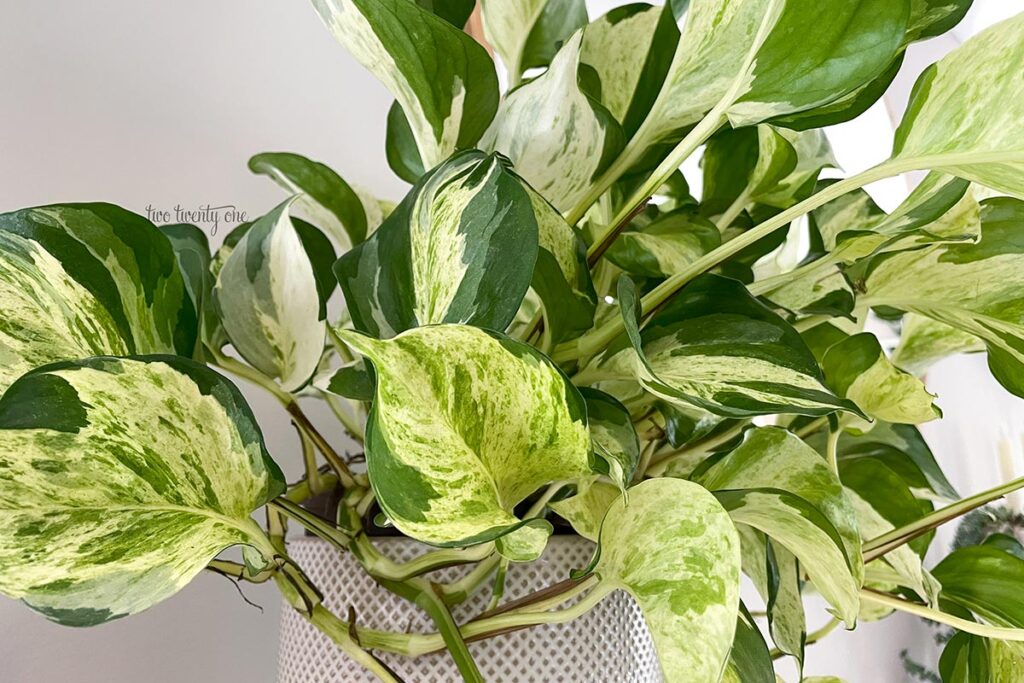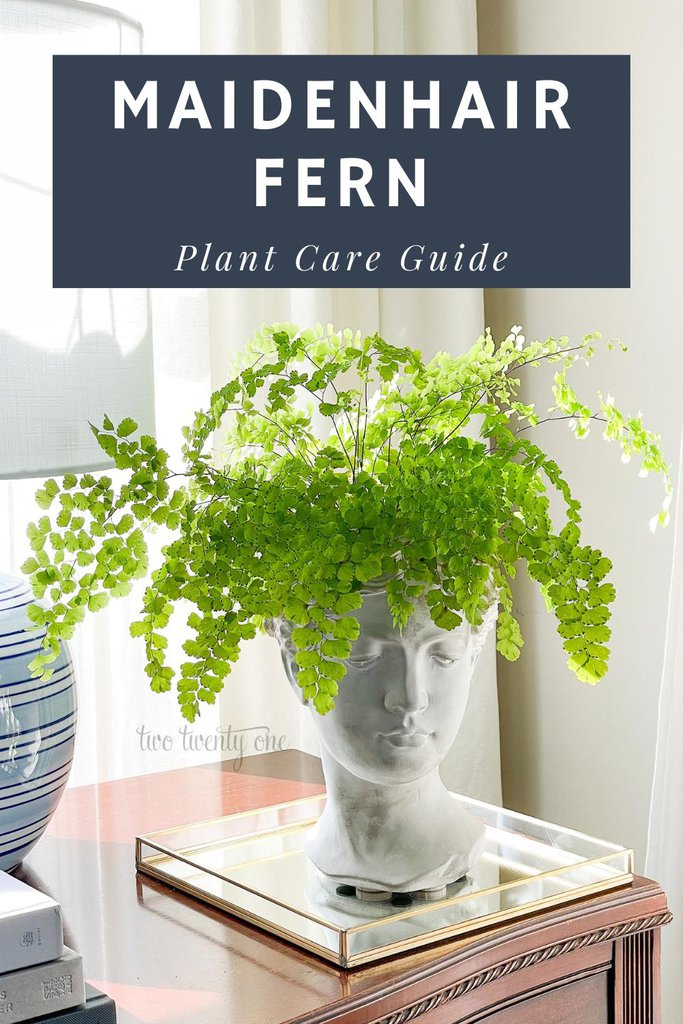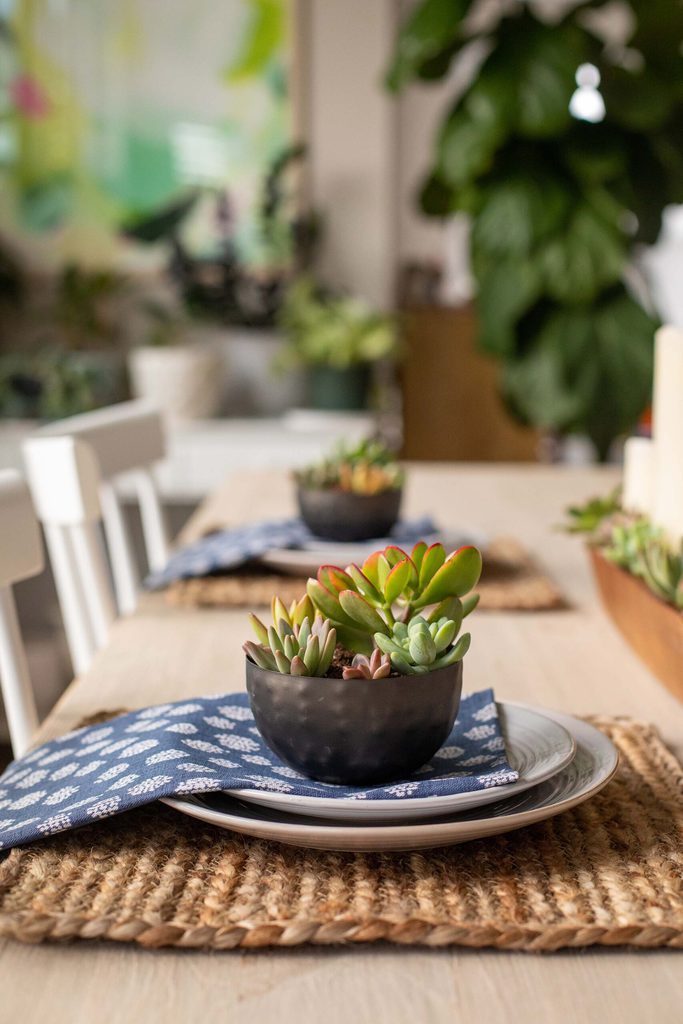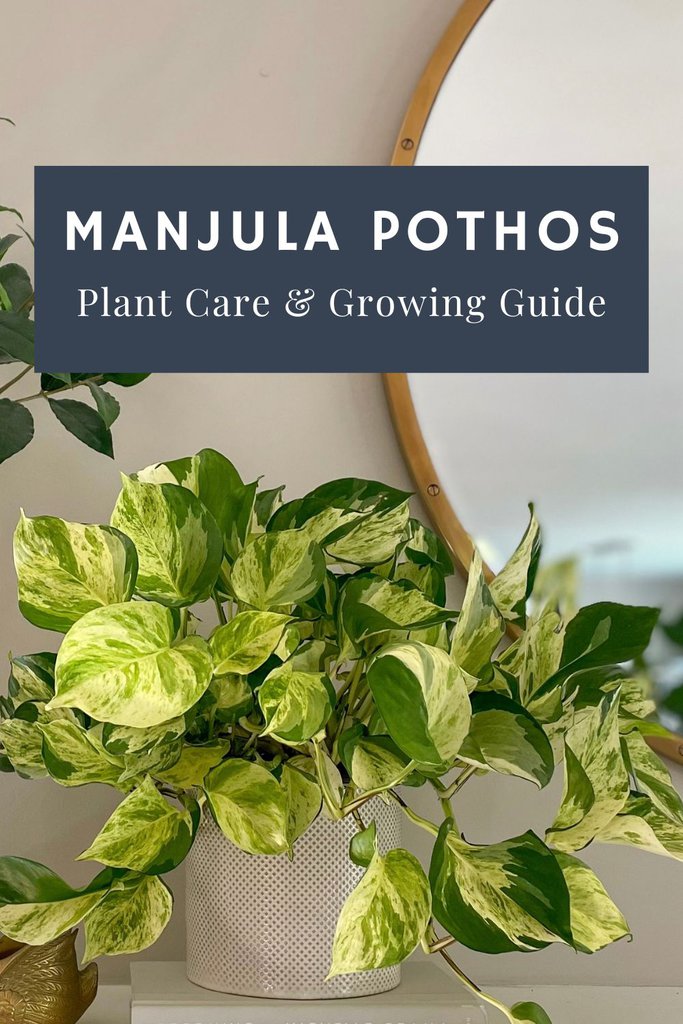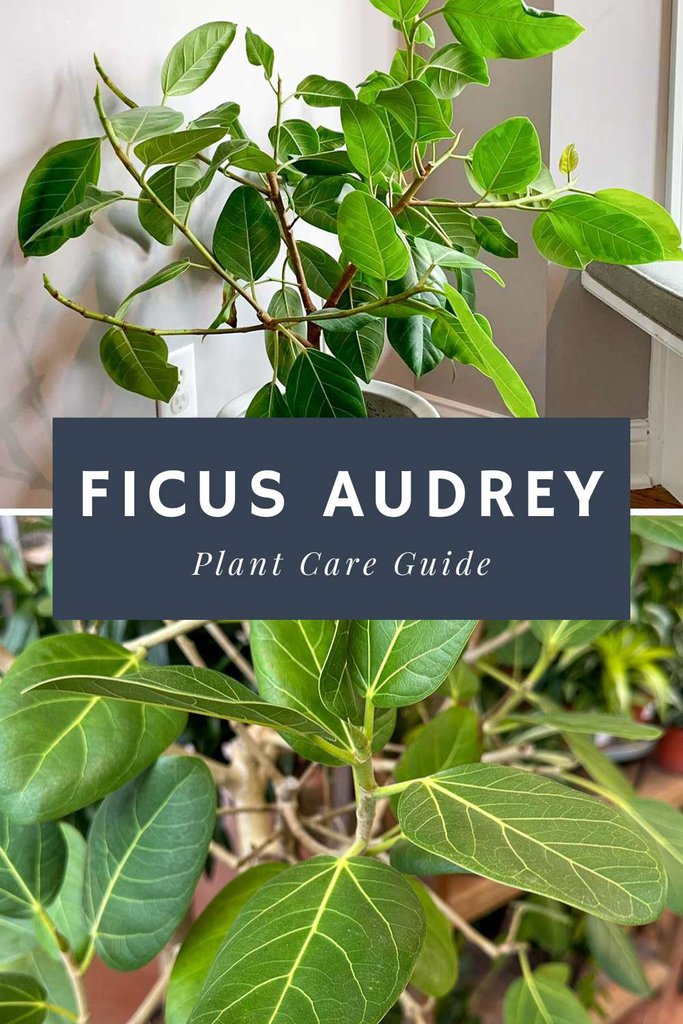Pothos Toxicity and How to Grow Pothos Safely
This guide includes everything you need to know to about pothos toxicity. We share the details surrounding pothos plant toxicity and provide tips for avoiding potentially dangerous situations involving these plants.
We will discuss the various signs and symptoms associated with pothos toxicity, safe ways to handle pothos in your home, and non-toxic alternative houseplants.
Pothos is a widely popular and readily available houseplant. The pothos plant is easy to grow and has beautiful, variegated leaves.
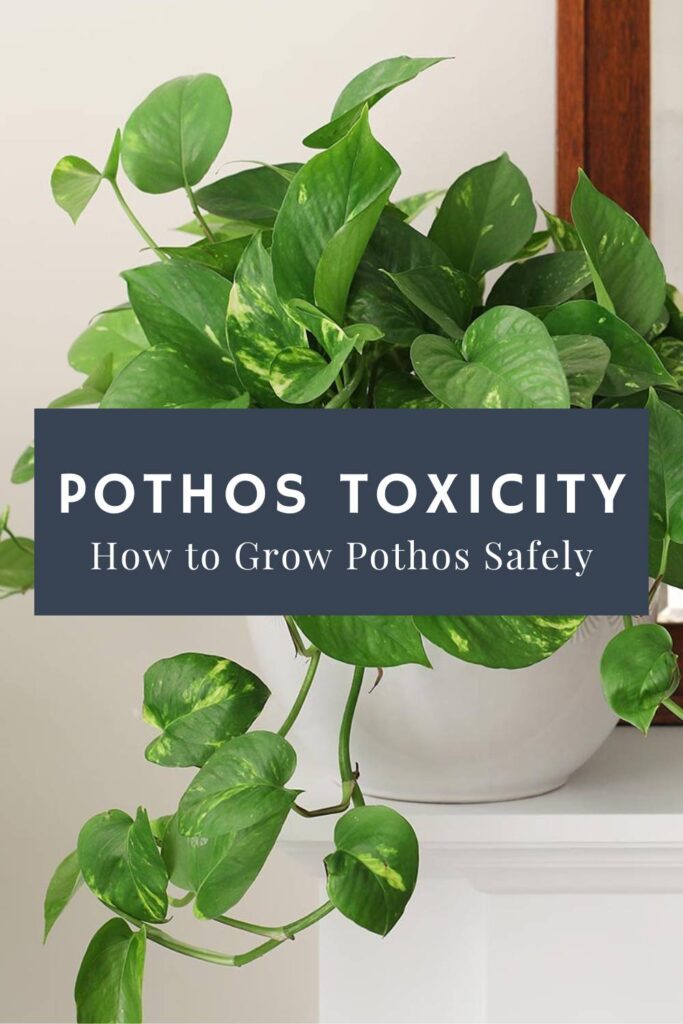
Are Pothos Toxic Plants?
Pothos houseplants are toxic to cats, dogs, and humans so be careful when bringing pothos into your home.
Pothos Plant Basics
The botanical name for pothos is Epipremnum. Pothos has many nicknames such as devil’s ivy.
There are endless varieties of pothos including golden, neon, marble queen, Manjula, and pearls ‘n jade.
When provided with medium to high indirect light, pothos grow larger, more variegated leaves.
Pothos will tolerate low light conditions.
Vines can reach great lengths with little effort if the plant is given proper light, water, and fertilization.
Due to their easy care and maintenance, pothos is a popular houseplant to grow and collect. However, many people forget that a lot of common houseplants can be poisonous if ingested.
What Makes Pothos Plants Toxic?
While not known to be fatal, ingesting a large amount of the pothos plant could cause severe symptoms requiring medical care.
The cause of irritation is tiny calcium oxalate crystals in the leaves and stems of the pothos plant. If pothos is chewed or eaten, the crystals cause swelling, burning, and irritation and may result in vomiting.
Additionally, sap from the pothos plant can be irritating to the skin, so care should be taken when cutting and handling the pothos plant.
What Happens If Your Pet Comes In Contact with a Pothos Plant?
Contact Vet or Animal Poison Control
If your pet does ingest your pothos plant, immediately contact your pet’s veterinarian.
If they are unavailable, call the ASPCA Animal Poison Control Center for any animal poison-related emergency at 888-426-4435.
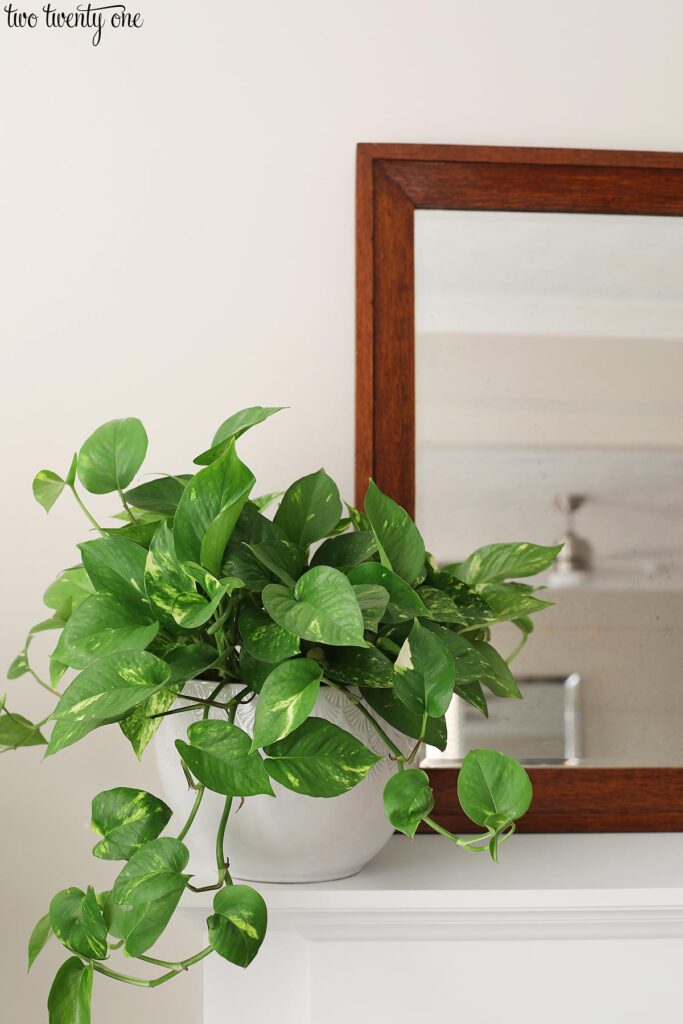
Symptoms
Your pet may be drooling or vomiting. You can encourage your pet to drink water to help reduce irritation and improve dehydration.
Be aware that symptoms may last up to several hours depending on how much of the plant was ingested.
In rare cases, liver or kidney damage can occur so it is always a good idea to follow up with veterinary care if your pet comes into contact with any poisonous houseplants such as pothos.
How to Handle Pothos to Avoid Skin Irritation
Pothos is one of the easiest and most rewarding plants to propagate.
When caring for pothos, wear gardening gloves. We recommend using gloves whenever the plant is handled, including repotting, propagation, and pruning.
If the sap does touch your skin, wash thoroughly with soap and water. Avoid touching your face, particularly your eyes, while handling the pothos plant.
How to Grow Pothos Plants Safely
Keep pothos plants out of reach of cats, dogs, and young children.
Ways to Safely Incorporate Pothos Into Your Home
- Place pothos on the top of a shelf to show off trailing vines.
- Keep pothos in a room that is off-limits to children and pets.
- Use clips or hooks to encourage the vines to grow upwards.
- Pothos will produce even larger leaves if trained to grow up a trellis or support.
- Hang smaller plants from the ceiling or place them on elevated plant stands.
- If you’re desperate to keep tiny hands and paws off your plants, consider creating an indoor greenhouse cabinet with a secondhand glass cabinet. Provide ultimate peace of mind by locking the cabinet.
Alternative Non-Toxic Plants
Non-toxic alternatives such as peperomia, maranta, and tillandsia can be easy and rewarding to grow. Certain plants are easy to propagate, grow trailing vines, and thrive in various light and watering conditions.
